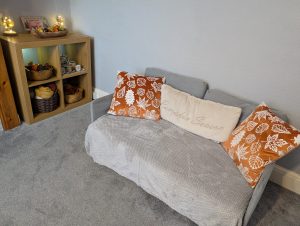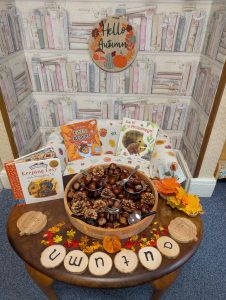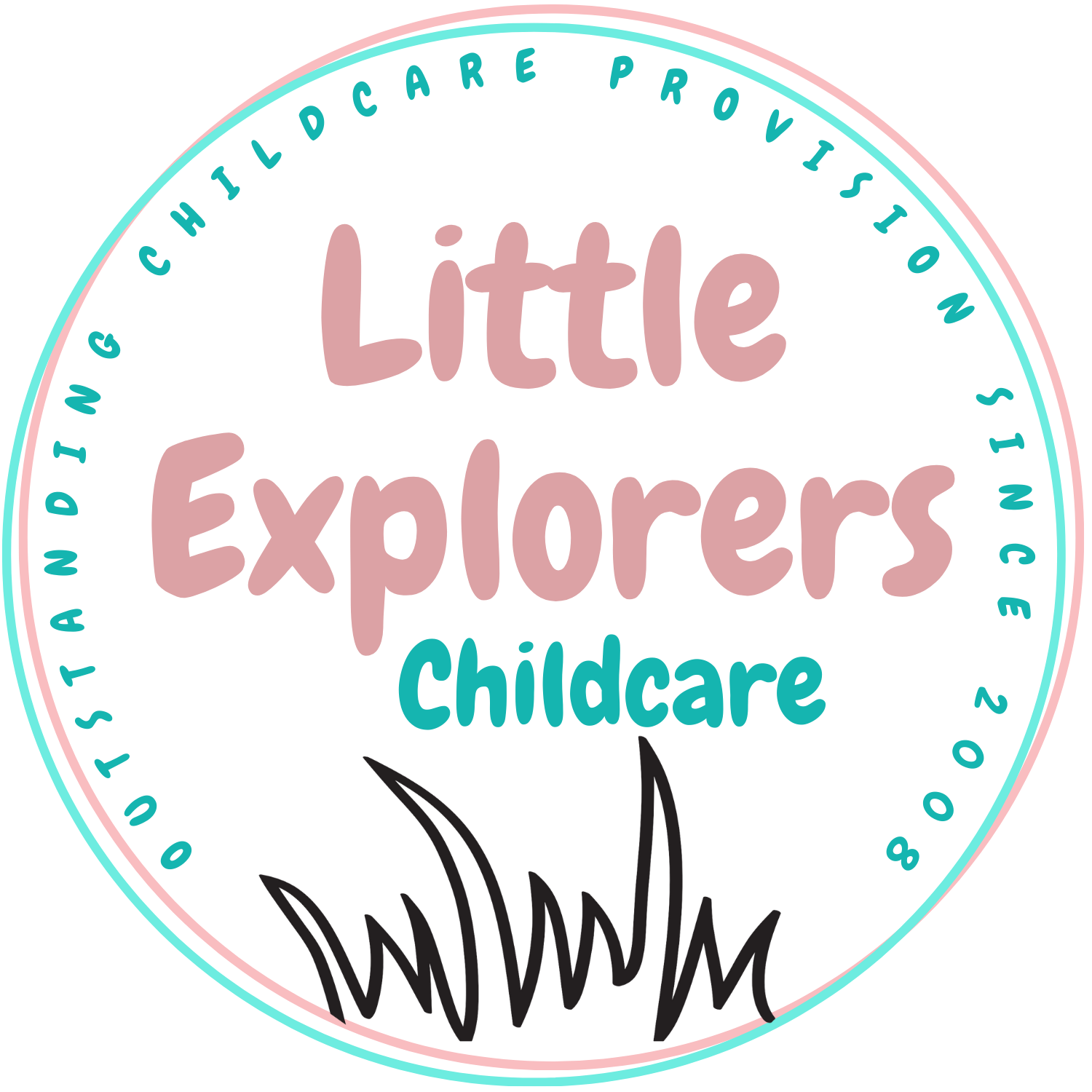- September 5, 2025
- Joanne Hall (Staff)
- 0
Over the summer holidays we, like many others in the early years sector, took time to reflect on our practice and consider how we could improve. Part of that reflection involved browsing social media for inspiration, something I feel many of us do. At first, what stood out were the beautiful photographs: perfectly presented tuff tray set-ups, carefully curated corners, and outstanding environments. On the surface, this all seems positive. But the more I looked, the more I found myself asking: who exactly is this for? There is no denying that the environment matters. We know that muted tones, softer lighting, and a thoughtfully arranged space can reduce overstimulation and support children’s focus. But at what point does the continual need to “prove” practice through photographs start to distract from children’s real learning?
Despite the shift away from evidencing everything in folders, it seems many practitioners still feel pressured to capture the “perfect picture”. Perhaps the root lies in parental expectation, driven by a wider culture of social media updates. Yet as practitioners, we know the reality. Those beautiful tuff trays often last 30 seconds, often just long enough for a photo, before children begin using them in their own way, as they should, through schematic behaviours and authentic play. Which leads us back to the real question: are the children learning?
Impact must remain our guiding principle. Are the children engaged? Are they developing new skills? And are they enjoying what they are doing? Maintaining a balance between adult-led activities, guided learning, and child-led play remains a central consideration in early years practice
A stripped back autumn start
With this in mind, we approached the Autumn term with a fresh perspective. Our environment was intentionally stripped back, taking on a minimalistic approach. We introduced an autumn theme with simple baskets of seasonal treasures, leaves, conkers, pinecones, set out on small tray tables. These encouraged focused investigations individually or in small groups, without the overwhelming scale or mess of oversized set-ups.
What we discovered
Ironically, the less the children had, the more they played. A tray of conkers and leaves became a starting point for maths activities, (matching, sequencing, counting), imaginative tea parties, and colourful mark-making, where children experimented with art materials to copy autumnal shades. Soft blankets created cosy corners where children could snuggle up with autumn books , sparking further discussion and learning.
Trips to public parks gave first-hand experiences of seasonal change, strengthening the links between what the children were noticing indoors and the natural world outside. Following conversations about hedgehogs , we extended learning with a visit to a small zoo, where children were able to make comparisons between hedgehogs, tortoises, and even a porcupine. These real-life encounters deepened their understanding in ways no display could replicate. Autumn walks and nature hunts also inspired awe and curiosity, leading to rich conversations about the beauty of the season.
The benefits of minimalism
This reflection has shown us that a more minimalistic approach can bring deeper engagement. Children don’t need elaborate, photo-ready tuff trays to thrive; what they need are authentic opportunities to explore, question, and create.And as for those photographs, while documentation for families is important, the focus must always remain on learning, not aesthetics. Outstanding practice is found in children’s voices, their curiosity, and their progression towards school readiness. As educators, perhaps part of our role is to reframe parental expectations, helping families to see that true value lies not in a perfectly staged picture but in the learning journey unfolding through play. This autumn has reminded us that less really can be more. By simplifying our environment, offering natural provocations, and giving children space to lead, we have seen learning become richer, deeper, and more joyful.
Thoughts for Practitioners: Curriculum in Everyday Moments
This autumn has reminded us that curriculum isn’t a separate document or a checklist, it’s woven into the real moments children experience every day. It lives in their play, their conversations, and the simple routines that shape our time together.
A simple basket of conkers and leaves became an opportunity for maths (counting, sorting, sequencing), literacy (new vocabulary and autumn stories), and understanding the world (observing seasonal change). Handling natural objects also supported physical development through fine motor control, while working alongside friends built confidence and turn-taking for personal, social and emotional development.
Autumn walks and a visit to the zoo brought those ideas to life, encouraging gross motor skills through climbing, running, and balancing, while sparking rich conversations in communication and language. Back indoors, mark-making with autumn colours nurtured expressive arts and design as children represented what they had seen in their own way.
Looking back, it’s clear the seven areas of learning don’t need to be delivered in isolation, they blend naturally when children are given authentic opportunities to explore. The result was deeper engagement, stronger curiosity, and growing confidence. For us, that is what curriculum really means in practice: purposeful, simple, and centred on children’s progress.


